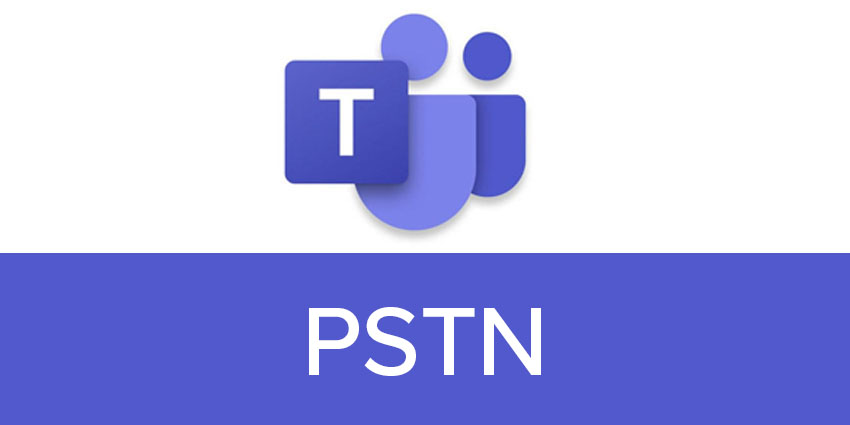Typically, the Microsoft Teams app comes with support for VoIP connectivity, letting you have one on one calls, hold conferences, and share your desktop screen via the internet. Team members and external users can’t dial in on a PSTN number, limiting your reach.
- Participants need an internet connection to join the call
- VoIP communication could suffer from poor quality
- Users might need to install a dedicated app on their smartphones
That’s why Microsoft Teams also supports public-switched telephone networks (PSTN), which is essentially the global telephony environment used for traditional calls. Depending on your Microsoft Teams license, you might be able to access PSTN audio conferencing with dial-in numbers.
The PSTN feature supports both tolled and toll-free options, making it immensely popular.
If you’re interested in knowing more, head to Tom Arbuthnot’s excellent blog on this subject.
Microsoft Teams has several calling plans for PSTN users – you could opt for a domestic or a domestic + international version with the requisite add-ons.
Microsoft introduces masked phone numbers for improved privacy
Typically, most users who choose PSTN dial-in come from outside your organisation. They might be unfamiliar with the Teams interface, not have the app installed, or work from a time zone where desktop access isn’t possible. In these scenarios, PSTN is extremely useful, as it lets users join a meeting just like they would call from a traditional desk phone.
Consider this scenario:
You have scheduled a meeting with a prospect whose time zone is six hours behind yours. Their only free slot for the week is 3 PM on a Thursday, but you will be at an airport between 7 and 11 PM in the evening. PSTN lets you dial-in on the move, making good use of that waiting time, and saving the person from rescheduling the call.
As all of us move into WFH scenarios, scheduling conflicts, weak internet access, and intermittent device connectivity are very much part of the new normal. PSTN calling on Microsoft Teams brings the agility and flexibility we need during this period, letting us stay connected with minimal inconvenience.
However, there is a catch here – if an external user, like the prospect we discussed in our example, dialled in, they’d be able to see your phone number. This could be construed as an invasion of privacy – after all VoIP calls don’t reveal any personally identifiable information of participants.
To fix this, Microsoft Teams has launched phone number masking, where external users won’t be able to view a participant’s telephonic details.
As per Microsoft’s feature roadmap, this is already launched, with rollout across PC, Mac, Web, and Mobile clients. Following in the heels of this update, Microsoft Teams also enabled phone number masking for Government Community Cloud (GCC) deployments – a timely update considering the privacy requirements of a government agency.







